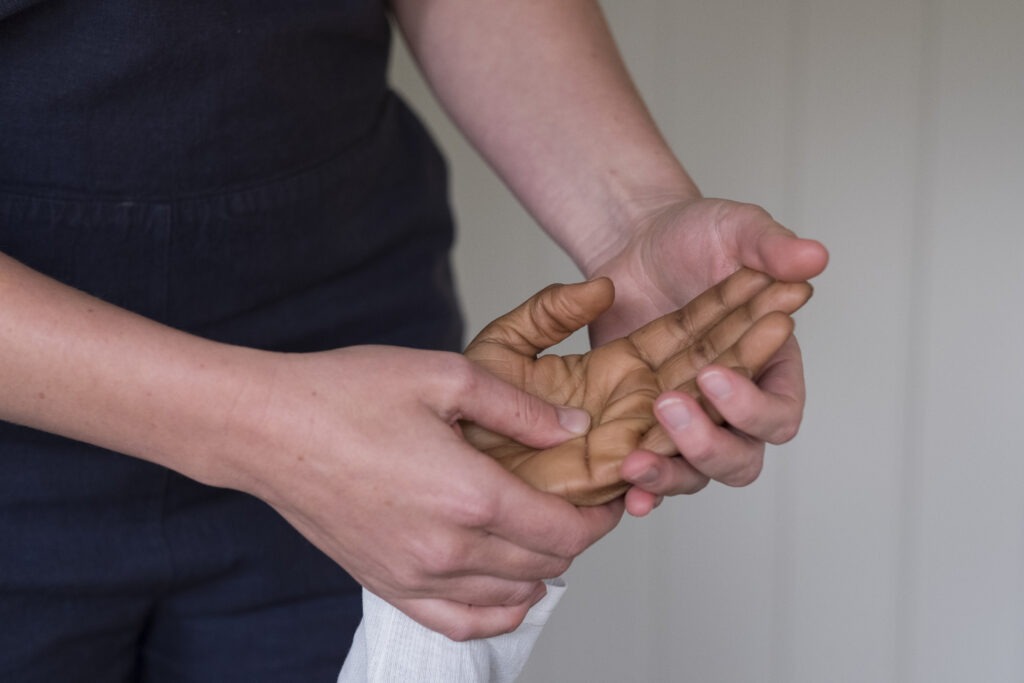7 Insights about Hypermobility

Hypermobility means some of the joints in your child’s body stretch and move more than expected. They’re extra bendy or flexible. But it’s not just about being “double-jointed.” Hypermobility can impact motor coordination, digestion, energy levels, sleep, emotional regulation, and even writing.
How This Child Gained Confidence in Writing — A Holistic Approach for Struggling Kids

Parents often wonder if progress in movement and coordination relates to writing and the answer is YES!
When we build foundational skills, the ripple effect reaches beyond just writing.
This child didn’t gain writing confidence by being pushed to write.
They gained it by becoming stronger, more aware of their body, and more regulated; and the writing followed.
Welcome (Back) to the Blog

You will not find quick fixes or one size fits all solutions here. Just real conversations and support for those navigating real life with neurodivergent kids.
5 Tips to Help Left-Handers with Writing

Kids who are left-handed can sometimes take extra time to develop their hand dominance. It’s important kids can use both hands together so that their dominant hand is for moving and controlling the pencil and their opposite or non-dominant helping hand is for holding the paper.
Do Pencil Grips Help with Writing?

Using a pencil grasp requires strength and coordination on the child’s part and is ultimately, an exercise in itself.
Kids first need to develop sensory processing, core strength and fine motor skills for pencil control or to more comfortably use the grip.
